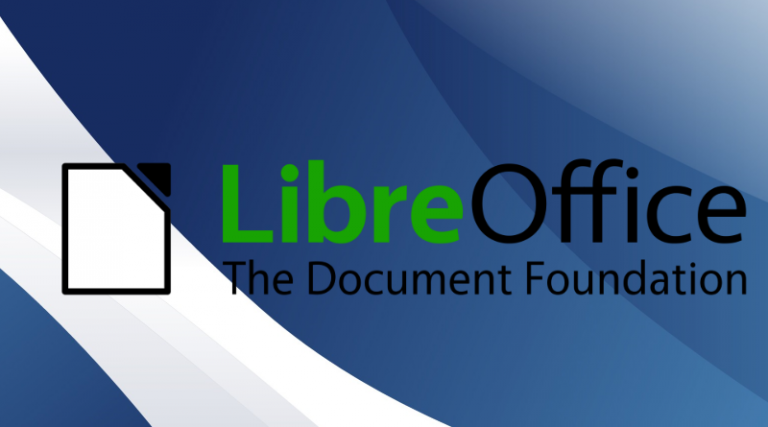
The Document Foundation quickly set out to differentiate itself from the project governance that had gone before. A simple find-and-replace would have been performed to substitute “LibreOffice” for all instances of “”. At the time, this was a simple, direct fork of the existing codebase. TDF was created in the belief that the culture born of an independent foundation brings out the best in corporate and volunteer contributors, and will deliver the best free office suite. The Document Foundation is an open independent self-governing meritocratic organization, which builds on ten years of dedicated work by the Community. So when Oracle called it quits, dedicated members of the community pooled their resources and set up The Document Foundation to provide structure and leadership to the continued development of the open source code used by. You may modify your copy or copies of the Library or any portion of it, thus forming a work based on the Library, and copy and distribute such modifications or work under the terms of Section 1 above, provided that you also meet all of these conditions:Ī) The modified work must itself be a software library.ī) You must cause the files modified to carry prominent notices stating that you changed the files and the date of any change.Ĭ) You must cause the whole of the work to be licensed at no charge to all third parties under the terms of this License. This free software license specifically states: But had been released under the LGPL, the Lesser GNU Public License. Sun got bought by Oracle in 2010 and commercial development of was officially terminated shortly thereafter.įor a traditional closed source application, Oracle’s abandonment may well have been the end of the line.

Thus was born, with the intention of providing a viable open source alternative to Microsoft Office. Sun Microsystems bought StarDivision, the makers of StarOffice, in 1999 and released the source code to the suite in July 2000. The only real option was StarOffice, which worked but was unbearably slow to load and cumbersome to use. When I first started using Linux, way back in the last century, one of the biggest challenges was the lack of a decent productivity suite of the sort to which every Windows user is accustomed.


 0 kommentar(er)
0 kommentar(er)
